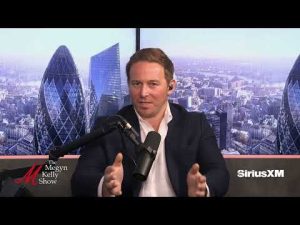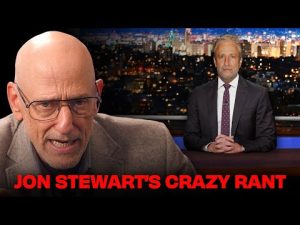**The Fiction of Antifa: Sorting Fact from Fiction in the Age of Radicalization**
In the world of politics, few things are murkier than the truth about Antifa. Some claim it’s an imaginary organization, while others declare it a real and pressing threat. As conversations swirl around this so-called group, conservative voices are delving into what they see as a distraction – a term coined by the left to deflect attention from more pressing issues. For them, Antifa is a myth, one that composes part of a larger narrative of radicalization sweeping through younger progressive circles.
Recent commentary outlined a compelling argument: Antifa is not just an organization with structure and leadership, much like the Proud Boys or the Oath Keepers. Instead, its existence, according to these conservative commentators, is more akin to an ideology or a loose collection of radicalized individuals who use various online platforms for coordination. This nebulous nature has led to confusion and, arguably, a lack of accountability. Individuals who claim an affiliation with Antifa hide behind digital shadows, sharing strategies and ideologies that many believe lead to acts of violence.
The conversation then took an interesting turn when focusing on notable figures like Mark Bray, a professor who has been associated with encouraging radical methods of political advocacy. Critics argue that Bray’s teachings and writings justify violence as a means to achieve a political end, igniting concerns about the moral direction of higher education institutions that continue to employ him. The portrayal of such figures as champions of a narrative that promotes violence raises alarms about what is being taught to impressionable young minds on campuses across the country.
Delving deeper, the discussion emphasized how young people today—marked by a surprising percentage identifying as progressive—are increasingly viewing violence as a justifiable form of political expression. A shocking statistic revealed that around 30% of self-identified liberals between the ages of 18 to 39 believe violence can be justified in their political pursuits. This statistic sheds light on a generation potentially swayed by ideological teachings rather than traditional values, suggesting a path of indoctrination starting from the classroom to digital spaces.
Concerns were also raised about how societal influences contribute to this shift toward radical ideologies. Factors ranging from public school curricula to social media platforms like TikTok are flagged as contributors to an environment where violent thoughts can flourish. The commentators contended that these elements intertwine, fostering a culture of disenfranchisement and anti-establishment sentiment that could lead young individuals down a dark path.
In the end, the message was one of hope mixed with caution. Despite the alarming trends observed, conservative voices encourage young Americans to seek out the vast opportunities available to them rather than retreat into violent ideologies. The emphasis on personal responsibility, engagement with society, and the pursuit of the American Dream stand in stark contrast to the narratives of despair propagated by radical movements. In a nation rich with opportunity, the path forward requires taking ownership of one’s life and contributing positively to the community, rather than being swept away by the tide of radicalization that pretends to offer an easy solution to complex problems.
As the debate continues, one thing is clear: the narrative around Antifa is more than just a matter of semantics. It encapsulates deeper discussions about ideology, education, and the very fabric of American identity in an age where division often overshadows unity.







